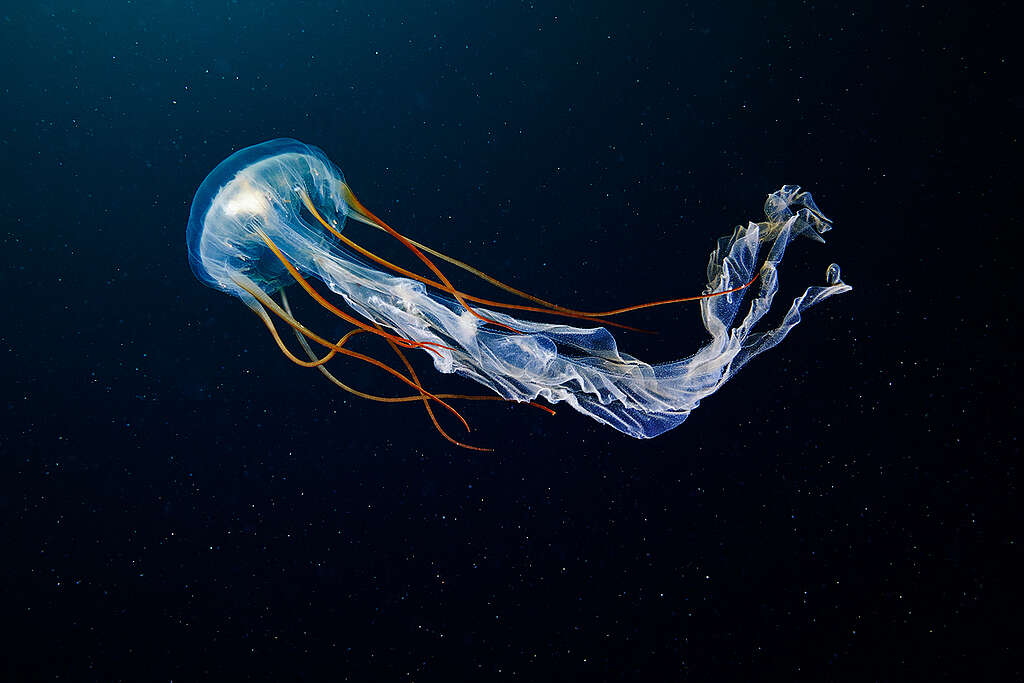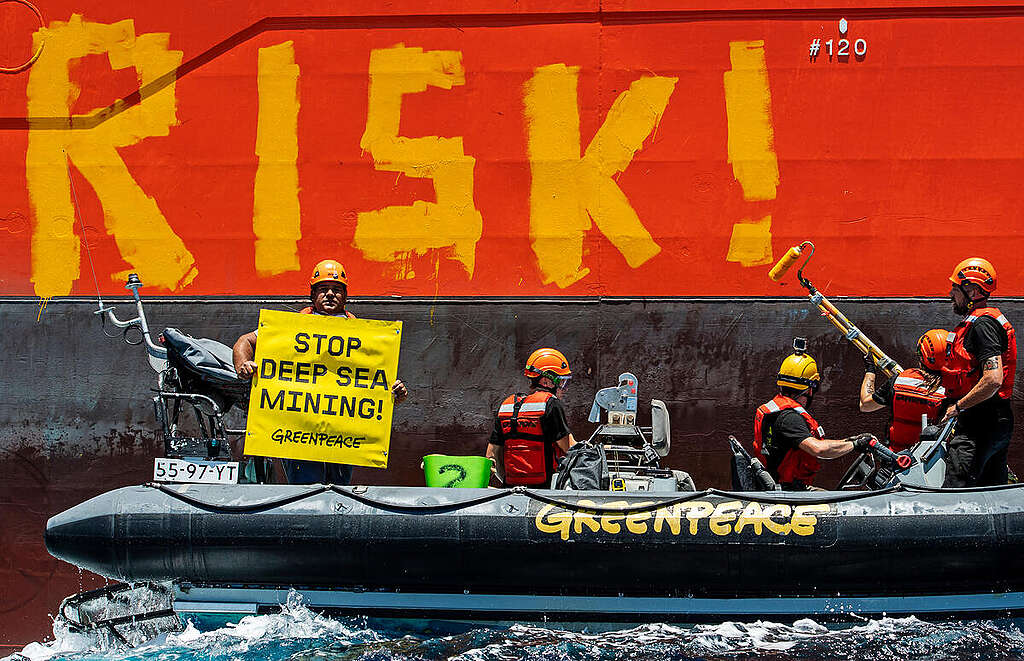Our deep sea ecosystems are places of mystery and beauty, containing rare and rarely seen species of fish, crustaceans, and other ocean life.

Conjure an image of the deep sea, and you may as well imagine the moon. Few images exist, and scientific exploration of the deep sea is only in its infancy. We may not yet fully understand the environmental workings of either place, but we know that they are part of a delicate balance of biological systems that support our planet. The deep sea holds mysteries for science and connects populations around the world in common heritage.
Discover the Treasures of Biodiversity
At 4,000 meters under the sea, life gets wonderfully weird. The majority of species are undocumented, and the seascapes unmapped. What we do know is that the ecosystems found at the bottom of the sea are delicate and unique. From distinct microbial communities to sea cucumbers, urchins, and starfish, an astounding array of biological diversity lives directly on the sediment of the deep seabed.
Far from the barren desert-like landscape it was once thought, the deep seafloor teems with life—albeit much different from what we know on land. It’s estimated that 2 million marine species are still unidentified, and many of these are thought to inhabit the deep sea. The adaptations animals have undergone to survive at these depths mean they are unlikely to be resilient to disturbances.
The Threat of Deep Sea Mining

Where mining goes, death follows. From sediment plumes to ecosystem disturbance, deep sea mining is a disaster waiting to happen. Deep sea mining would risk marine life, ecosystem balance, and human lives and livelihoods for an unnecessary endeavor.
A Closer Look at Deep Sea Mining Operations
Impact on Pacific Island Communities
On land, Pacific Island communities’ livelihoods and food security are at risk due to disturbances of mining operations taking place in the Pacific ocean.
Operations at the Surface
The surface transport ships and mining ships would hover at the surface ready to unload and process vast quantities of sediment, retaining polymetallic nodules and pumping the waste back into the ocean.
200m Deep: The Deep Sea Zone
The ocean is classified as “deep sea” at 200 meters, where light from the surface is mostly obscured.
1,000m Deep: Risks to Marine Life
Animals including turtles and whales are known to make extended deep dives to 1,000 meters below the surface and deeper. Such species could be exposed to discharged mining waste as well as vibrations and noises that will interfere with sonar communication and could split whales from their calves or even fracture entire pods.
1,000-3,000m Deep: Environmental Uncertainties
Sediment piped from the surface would be discharged in the deep sea zone. Data from mining companies is vague because even they don’t know how far they will need to pipe the sediment or how far it may travel once returned to the ocean.
4,000m Deep: Deep Sea Mining Machinery
At the seafloor, machinery similar to giant vacuums will scrape and pump up the sea bed, searching for polymetallic nodules. Impacts to species like ghost octopus and deep sea anglerfish that live on the seafloor are impossible to know, as these nodules have taken millions of years to form and have become highly specialized habitats.
The seafloor is the world’s largest sediment carbon sink. Disturbing the deep sea bed has the potential for significant, long-term impacts on carbon cycling and storage.
Deep Sea Mining threatens our most unique ecosystems. You can help stop it before it starts. Tell the Australian government to take a strong stand against deep sea mining now.

